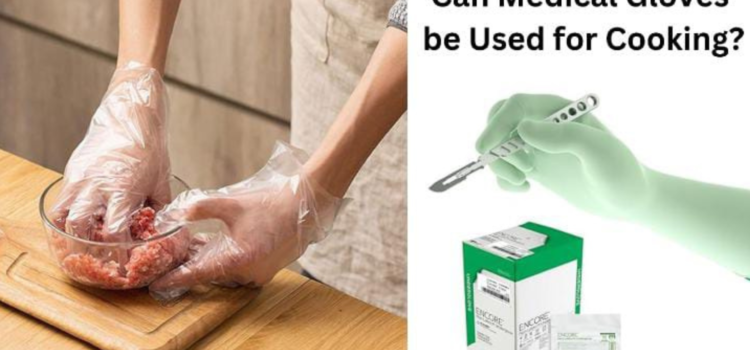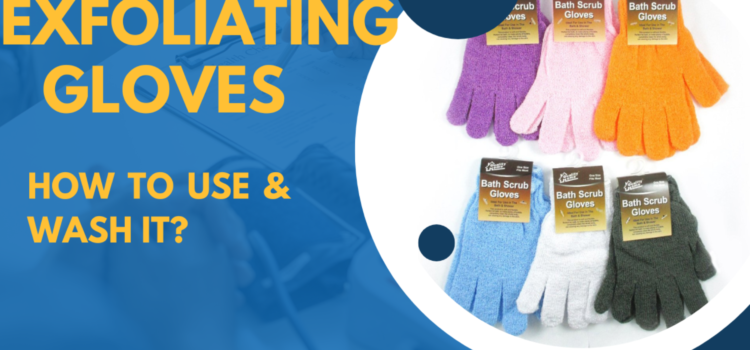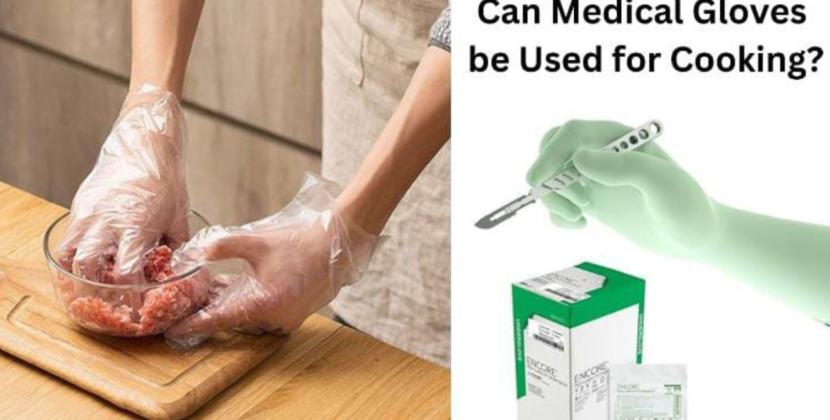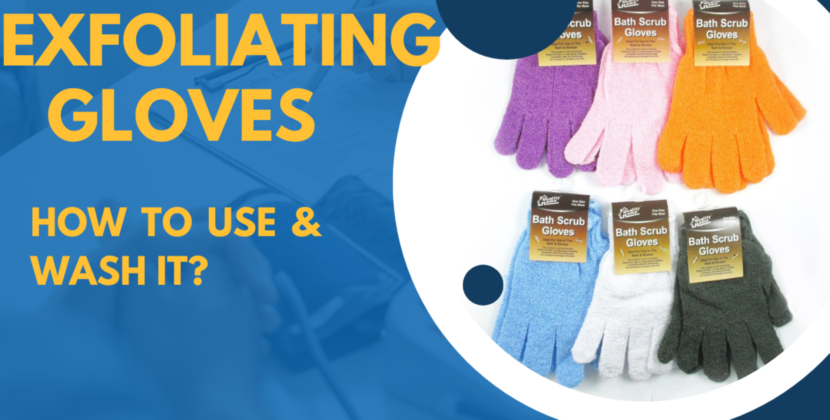In kitchens and places where food is made, keeping things clean is super important. We worry about germs spreading and making people sick, so the gloves we use are a big deal. Medical gloves are made for keeping things sterile in hospitals, but using them for food prep might not be the best idea. This article looks into whether using medical gloves for cooking is safe and works well, and talks about what factors we need to think about and any risks involved.
In cooking, keeping everything clean is super important. We don’t want to make people sick with germs or bad stuff in the food. Usually, cooks wear special gloves made just for cooking. But some people are starting to use medical gloves for cooking too. But is it safe to use them for both medical stuff and cooking? Let’s find out.
Understanding Medical Gloves and Cooking Gloves
First, we need to know what makes medical gloves different from cooking gloves. Medical gloves are usually made from materials like latex, nitrile, or vinyl. They’re made super clean to use in hospitals to keep patients safe from germs.
Cooking gloves are made with materials that are safe to touch food with. They’re meant to stop any germs on your hands from getting into the food.
The Good Side of Using Medical Gloves for Cooking
Some people think it’s okay to use medical gloves for cooking. They say it’s because they’re easy to find. Lots of places have them because hospitals use them all the time. And they say medical gloves can protect food just as well as cooking gloves. Since medical gloves are made to keep things clean, they might be good at keeping food clean too.
Things to Be Careful About
But there are some things we need to think….
- Some people are allergic to the stuff medical gloves are made from, like latex. So, using them for cooking could cause problems.
- Even though medical gloves are clean when you put them on, they could get germs from other stuff if you touch them. Then those germs could get into the food.
- Some places have rules about what kind of gloves you can use for cooking. Using medical gloves might not follow these rules.
- Medical gloves might not be as comfy or fit as well as gloves made just for cooking. That could make it harder to handle food safely.
How to Safely Use
Here are some things you can do to be safe:
- Choose medical gloves made from materials that are safe for food, like nitrile or vinyl.
- Make sure you put on and take off the gloves the right way to keep things clean.
- Change gloves often, especially if you touch other things or different foods while cooking.
- Wash your hands a lot and clean surfaces to help keep things clean, even if you’re wearing gloves.
Conclusion:
Using medical gloves for cooking is still a big debate. It’s important to think about the good and bad sides before using them. While they might be easy to find and seem clean, they might not be the best choice for keeping food safe. It’s important to make sure food stays clean and safe, so it’s best to follow the rules and use gloves made just for cooking when handling food.





